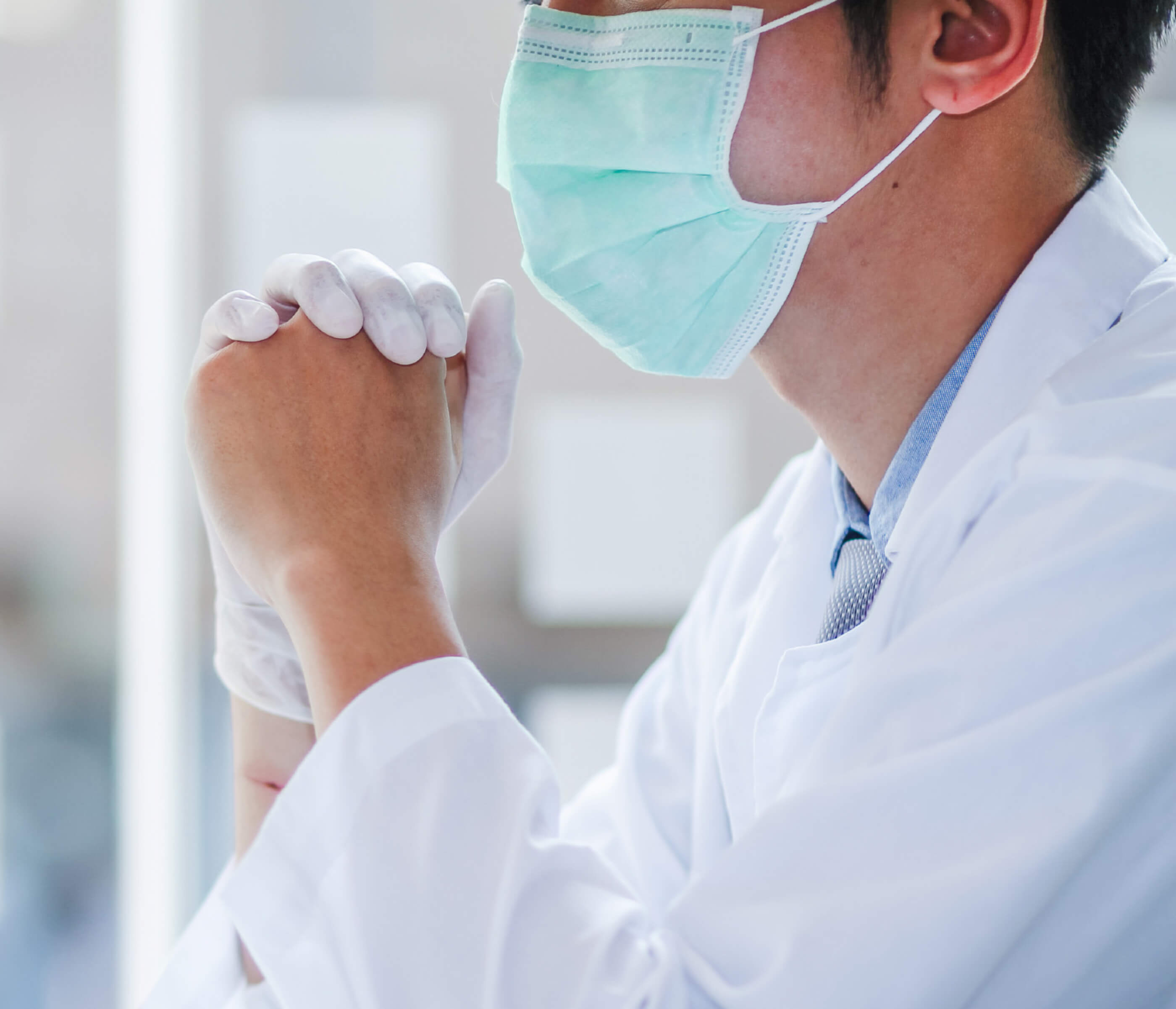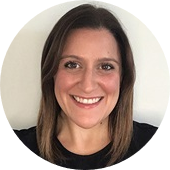When speaking to dentists, we at 3Shape keep hearing how patient appoints are down and how the public’s fears around COVID-19 remain fairly high. It seems that the topic of hygiene in dental clinics has never been more relevant, and so we've done some research and written a whitepaper on how doctors can talk to their patients about these issues.
Here’s some of the key findings – you can also download the full report here.
- In April, 2020, the use of dental services fell by a staggering 79%
- By mid 2020, just 64% of patients believed that their dentist knew how to prevent the spread of COVID-19
- In the first quarter of 2022, patient volume had improved, but was at 84% of its potential
- One of digital dentistry’s benefits is improved hygiene and lower risks of infection
- How you educate patients about hygiene might be a way to help tackle the lingering problem of under-capacity patient visits
Back in the early part of this year, the American Dental Association reported that 29% of dentists surveyed were not confident in the recovery of their dental practice, and patient volume was at 84% of its current potential.
Fear of infection
Even though many believe the worst days of the pandemic are behind us, patients still appear reluctant to visit their dentist due to concerns about infection. This problem is not dental clinic specific, it’s a trend seen across healthcare sectors.
According to the World Health Organization , COVID-19 has triggered a 25% increase in anxiety and depression. Nicolas Franck, a French psychiatrist, said, “People are so exhausted, their greatest fear is not so much a new variant but a new curfew.”
Tackling In-clinic infection
In short, there are people who are not making needed appointments. And this has manifested an interesting digital trend.
According to Delta Dental in the US, synchronous appointments (live phone or video interaction between professionals and patients) saw a 3,000% increase between 2019 and 2020.
Asynchronous appointments (where photos or recorded videos were sent to a professional for review) saw a 1,000% increase during the same period.
Digital Dentistry Benefits

Digital dentistry is, in part, a preventative solution to the problem of COVID-19 infection in dental clinics.
In a 2022 Sensors report from MDPI , it was noted that “the first wave of COVID-19 caught dentists largely unprepared in terms of facing an airborne pandemic of this nature.”
The COVID-19 occupational risk for dental health care workers and dental patients is, the report concluded, “a burning issue”, and “the rate of SARS-CoV-2 infection is the highest in dental health care workers, at 26%.”
This figure is 3-5 times higher than in the local population.
Informing patients of the hygiene measures being taken by dental professionals can go some way to showing how COVID-19 infections might be prevented in the clinic. And one such preventative tool is digital dentistry itself.
So, how exactly does digital dentistry help? Digital impression taking improves infection control and minimizes cross-contamination in dental practices. Digital impressions eliminate the use of trays, chewing waxes and impression materials, and there’s no need for shipping and handling.
In addition, digital workflows help you to mitigate cross-contamination issues related to conventional impressions.

In the whitepaper I will dive deeper into how digital workflows mitigate these issues:
- Material handling and transportation
- Disinfection
- Cast handling
- Manual creation of appliances and restorations
And I examine how we can communicate these issues to help reduce your patients’ worries.
About Ornella Delli-Rocili

Dr. Ornella Delli-Rocili Chiabrera
Ornella Delli Rocili is a General Practitioner from Venezuela who has been practising as a GP for six years. For the past four years, she has worked for 3Shape Academy as a global training and application specialist.